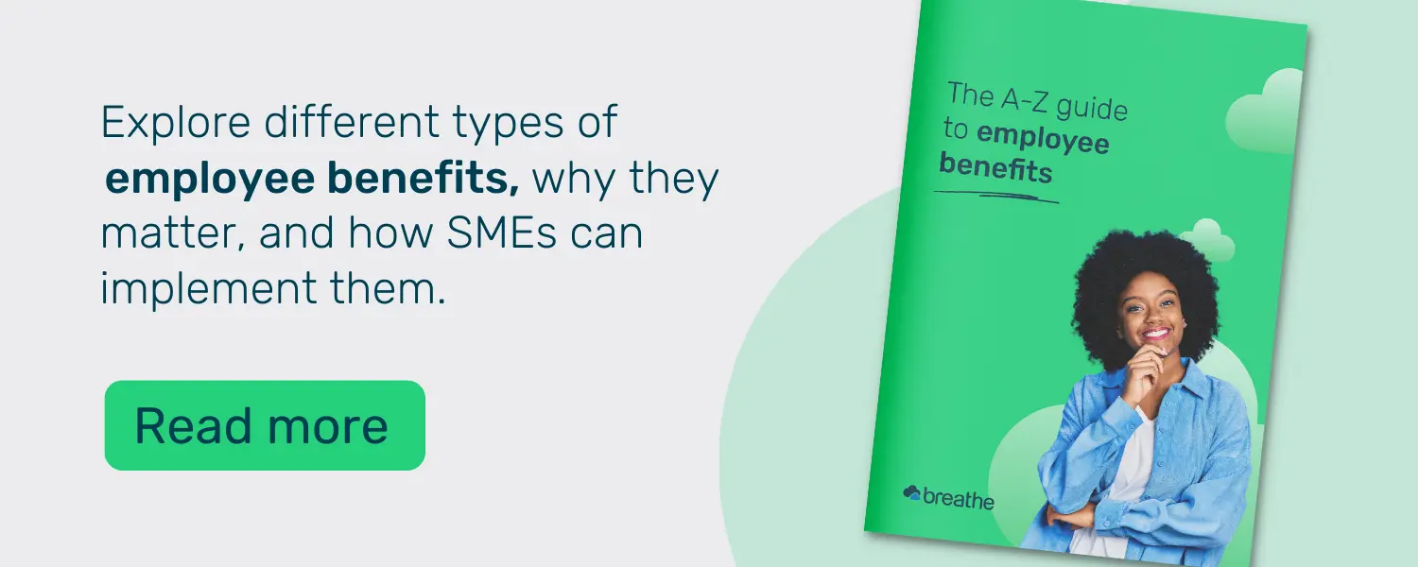Creating change is never easy – or particularly fast. But what if you could use subtle pointers in the workplace to gently influence ‘good’ behaviour?
Nudge theory is a method of behavioural economics that aims to positively influence the choices people make.
The UK government has a designated Behavioural Insights Team who aim to influence behaviour through the use of initiatives that use nudge theory. For example, the traffic light system on food packaging labels (detailing red for high levels of fat, salt etc and green for healthier options) is an example of nudge theory in practice, encouraging people to make better choices.
In this blog, we cover what nudge theory is, along with how managers & businesses can use the principles of nudge theory to influence positive changes in the workplace.
What is nudge theory?
Nudge theory – also known as choice architecture- is a method of orchestrating an environment with a view to influencing behavioural changes.
This is done by gently influencing decision-making through the uses of nudges in a particular direction. Nudges can include providing additional information to those making a choice, or by showing examples of behaviour to others.
Richard Thaler was awarded the Nobel Prize in economics in 2017 for his contributions to behaviour economics with nudge theory.
3 ways to use nudge theory effectively in the workplace
1. Social nudging
If you want to achieve something or moderate behaviour (such as implementing a new sustainability policy, for example) you could show how other organisations have had a successful result by implementing the same initiative.
This can be done by circulating information within the business or by using visual aids to show statistics. People generally like to learn how others have achieved something or got results.
Social nudging can include displaying behaviour to encourage results. This could apply to implementing new policies. If you’ve introduced a hybrid or flexible working policy, for example, managers could use social nudging to clearly show they work from home on a flexible basis. In doing this, their behaviour encourages employees to do the same.
2. Choice architecture
Choice architecture involves making it easier for people to choose the ‘better’ option – for example, offering a cycle to work scheme to encourage people to get fitter by cycling to work rather than driving.
An example of nudge theory in practice in this scenario could be a poster showing details of the scheme near to the work car park. You could also display some information about alternative snack options such as fruit next to the office biscuit cupboard.
3. Incentives
If you want to gently influence employee behaviour for wellbeing reasons or to encourage healthier habits, you could consider implementing schemes or rewards that encourage certain behaviours.
For example, what about a monthly step challenge across the business to get everyone moving? You could perhaps offer a prize or reward for the employee with the highest step count to inspire people to feel better, both physically and mentally.
Wellbeing apps offer incentives to encourage people to prioritise their health. Many fitness or wellbeing apps can monitor activity levels and even offer prizes. This could even end up encouraging some healthy competition about step counts within the office.
Considerations when using nudge theory at work
Whilst nudge theory can be used as a helpful mechanism to encourage employees to make healthier choices, it doesn’t come without ethical implications. Nudge theory should always be used carefully - and never in a forceful or pushy manner.
When using nudge theory at work, it’s important that employees should always feel they can retain their own capacity to make decisions (without fear of repercussion).
Here are a few things to consider when using nudge theory principles in the workplace:
-
Ensure the nudges you’re implementing in the workplace are more gentle suggestions for positive action, rather than a strong attempt to change behaviour. This is especially important in the workplace when aiming to nudge employees in a certain direction, as they may feel more inclined to choose the option their employer suggests, for fear of repercussion.
-
Make sure you’re crystal clear about what you’re trying to achieve – you’re trying to influence behaviour, after all. Do your best to ensure your messaging isn’t misleading and that employees understand the context - and how the choices will affect or benefit them.
-
Lastly, always ensure employees feel they have the ability to opt out. As important as it is to have clear messaging, it’s vital to remember that you’re giving employees an option, never forcing them to make a choice. You’re simply offering a nudge in a particular direction as an option.
Using nudge theory can help to inform and shape positive choices in the workplace – perhaps for even more sustainable, healthier working environments.
Why not consider nudge theory next time you’re planning communications around a new programme, change management scenario or policy roll-out?
Trial Breathe for free for 14 days today.

Author: Aimée Brougham-Chandler
An IDM-certified Digital Copywriter (2023) & English Language & Literature graduate (BA Hons), Aimée is Breathe's Content Assistant. With 3 years' content marketing experience, Aimée has a passion for writing - and providing SME HR teams with solutions to their problems. She enjoys delving into & demystifying all things HR: from employee performance to health and wellbeing, leave to company culture & much more.





